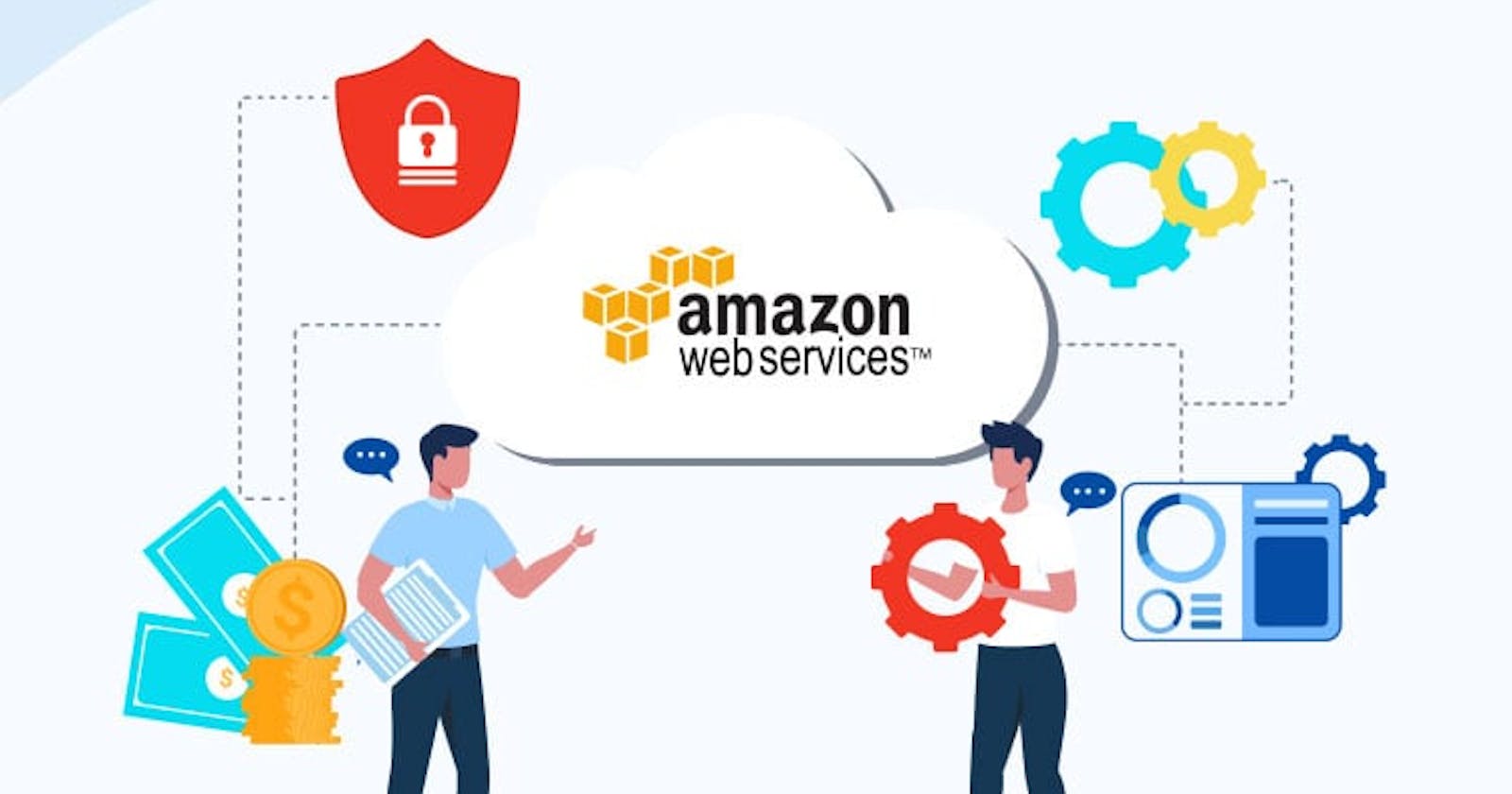Table of contents
No headings in the article.
AWS (Amazon Web Services) is a collection of remote computing services (also called web services) that make up a cloud computing platform, offered by Amazon.com. These services operate from 12 geographical regions across the world.
AWS Insights is a service that provides real-time operational insights for your AWS resources and applications. It enables you to quickly identify and troubleshoot issues, improve performance, and reduce costs. This service is a great way to gain visibility into your AWS environment and optimize your resources.
Best Practices:
Use AWS CloudFormation or AWS Elastic Beanstalk to deploy and manage your infrastructure. These services automate the process of creating and updating your infrastructure, making it easier to scale and maintain your resources.
Use AWS Auto Scaling to automatically adjust the number of Amazon Elastic Compute Cloud (EC2) instances in your application based on demand. This ensures that you have the right number of instances to handle your workload, and also helps you save money by not having to pay for unnecessary resources.
Use Amazon Elastic Block Store (EBS) volumes for storage instead of instance storage. EBS provides better data durability and performance, and it also allows you to easily create snapshots of your data for backup and disaster recovery.
Use Amazon Elastic Container Service (ECS) or Amazon Elastic Kubernetes Service (EKS) to manage your containers. These services provide a highly scalable and reliable platform for running your containerized applications.
Use Amazon CloudWatch to monitor your resources and applications. CloudWatch provides a wide range of metrics, alarms, and logs, which you can use to gain visibility into your resources and troubleshoot issues.
Real-World Solutions:
One real-world solution is to use AWS Lambda to process real-time data streams, such as social media feeds or IoT sensor data. Lambda automatically scales to handle the incoming data, and it also allows you to easily process and analyze the data using AWS Glue, Amazon Kinesis, or other AWS services.
Another real-world solution is to use AWS Elasticsearch Service to search and analyze large data sets. Elasticsearch is a powerful search and analytics engine that can handle large volumes of data, and it can be easily integrated with other AWS services, such as Amazon S3 and Amazon Kinesis, to process and analyze your data.
Another solution is to use Amazon SageMaker to build, train, and deploy machine learning models. SageMaker provides a fully managed platform for building, training, and deploying machine learning models, and it also integrates with other AWS services, such as Amazon S3 and Amazon Kinesis, to process and analyze your data.
Another solution is to use Amazon RDS to create, operate, and scale a relational database in the cloud. RDS provides a fully managed database service, which makes it easy to set up, operate, and scale a relational database in the cloud.
By following the best practices and implementing real-world solutions, you can gain insights into your AWS environment and optimize your resources for better performance and cost efficiency.
In conclusion, AWS Insights is a powerful service that enables you to quickly identify and troubleshoot issues, improve performance, and reduce costs. By following the best practices and implementing real-world solutions, you can gain insights into your AWS environment and optimize your resources for better performance and cost efficiency.
